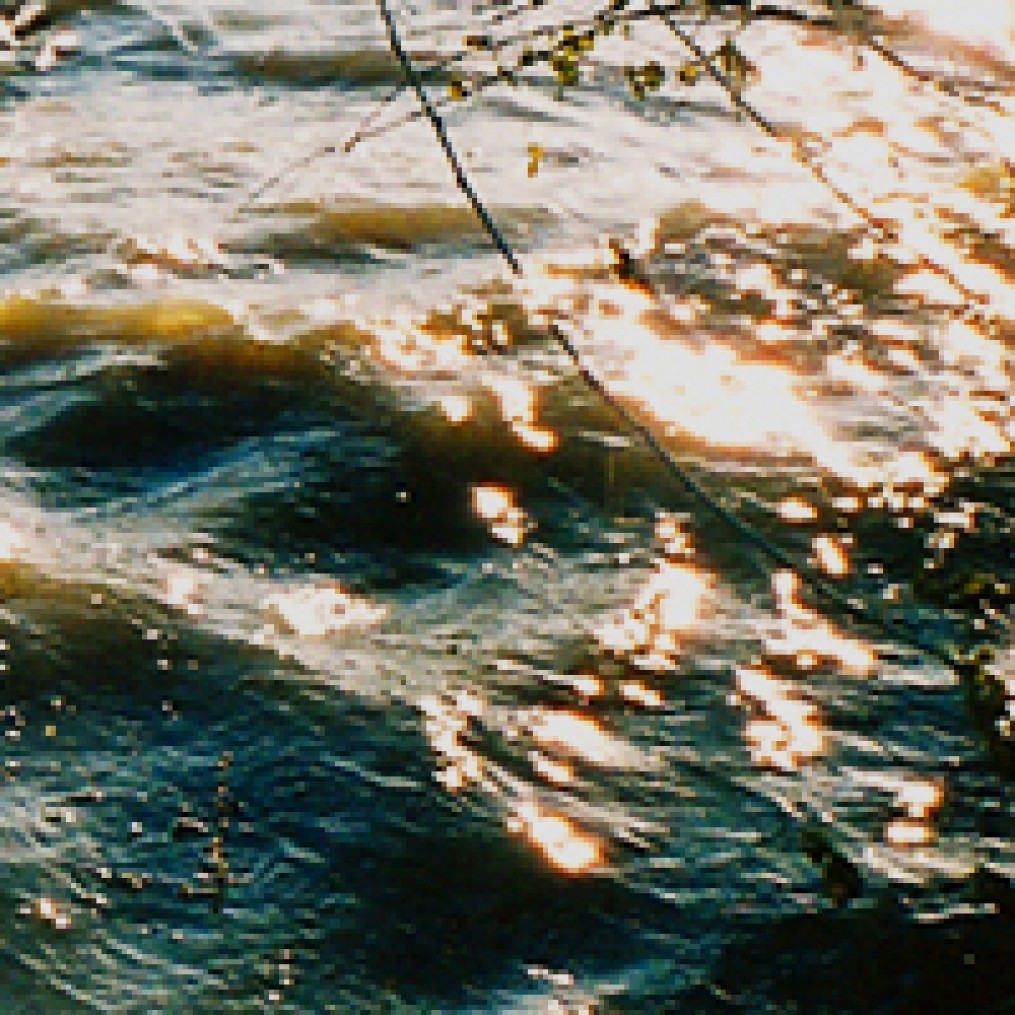Here in the US, Yoga has become, in a lot of ways, synonymous with asana practice, i.e. the sequence of postures that one performs during a session of yoga. In a lot of ways, thus, yoga has been stripped of a lot of its tradition and deeper practices, which I contend lead to the greater benefits of cultivating a yoga practice. Of course, before continuing I must say that approaching yoga as a purely physical practice is not necessarily a bad thing: it gets people moving, it builds strength, it brings people together and can act as a springboard into the deeper inner workings of the yoga tradition. This is ultimately how I came to start my yoga journey, so I’m definitely not knocking it, but I think it’s important to make a distinction between Asana practice and the larger tradition that is Yoga.
Tag Archives: mindfulness
STL Locavore: A Slow Perspective & Philosophy
I am twenty-six and part of a movement. Some may even call it counter culture – it definitely could be said to go against the grain (literally, ha). I was trying to conceptualize this more for myself as there are a number of disparate parts, but I believe a lot of it falls under the whole Slow Movement.
A lot of our society revolves around consumption and waste. Also around separating ourselves from nature and its natural rhythms. I feel this when I look at advertising geared towards making me want to buy more stuff – especially processed goods. I see this in my own habits of checking my phone when I wake up, when I’m driving, before bed. We are sold this pastoral story of verdant farms and happy animals when that is so far from the reality of our food system. We’re encouraged to work long, ever-increasing hours to get ahead in our jobs, which often leads to burn out and arriving at middle age thinking: “Where has the time gone?” and “Am I fulfilled?” Success, money, and technology are not the enemies, but rather the enemy is how we interact we those things. Coming at them without attention and understanding/compassion leads us, potentially, down a path of nonfulfillment. These are all things I have felt, and at times it makes a person just want to escape from society–go off the grid, run away. But that’s no more a solution than remaining ignorant. More effective is to remain in the system, living a life that could be deemed counter culture as an example of an alternative way to live in this fast-paced environment. What does this way of life look like? What does this philosophy entail? Let’s see…
Thich Nhat Hanh on Love
I’ve really been channeling Thich Nhat Hanh a lot lately. Re-reading over his book, Peace is Every Step. It’s such an important book for me on my spiritual, #yogascruff journey. Here’s a quote on Real Love that is amazing:
“We really have to understand the person we want to love. If our love is only a will to possess, it is not love. If we only think of ourselves, if we know only our own needs and ignore the needs of the other person, we cannot love. We must look deeply in order to see and understand the needs, aspirations, and suffering of the person we love. This is the ground of real love. You cannot resist loving another person when you really understand him or her.” (p. 80).
My Asana Perspective
I try to approach my asana practice from the perspective of mindfulness. For me, asana is another meditation and another way for me to really dial in on what’s happening currently in the moment. I also always try to approach my asana practice from a place of loving-kindness. Moving in a way that honors my body’s expressive abilities while being aware of its limitations as well.
We talk a lot in our asana practice, our yoga practice about the edge. About going up to our edge and hanging out there. For me, my edge in my asana practice is when I feel that resistance from my body in a particular pose. Like a band stretched, stretched, stretched, until it reaches its limits. That’s when I know I shouldn’t go further. I should hang out at that precise moment and really tune in to how my body feels, how my breath expresses itself.
Beyond the body, the breath can be a wonderful focus for determining where your edge or limit lies. If you can breathe easily in a posture, then you are treating your body well. If, as you stretch out into a pose, or try to add a more challenging variation to something, you feel your breath tighten, or catch, you know that maybe you should relax a bit. Dial back the intensity. Go back to a less extreme posture.
Your body is supremely intelligent. Through the breath and through the body’s twinges and tightenings as you lengthen a muscle, you will figure out where your edge is, thus allowing you to drop further into the moment and practice loving-kindness with yourself. This then turns your asana practice into something other then just exercise; this is what brings you back to yourself; to tuning in to the current moment. Without that tuning in what is the point, really?
